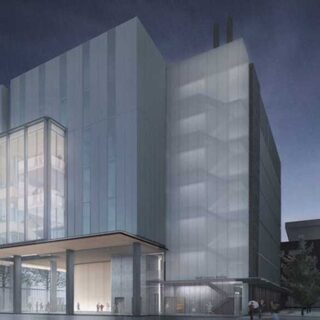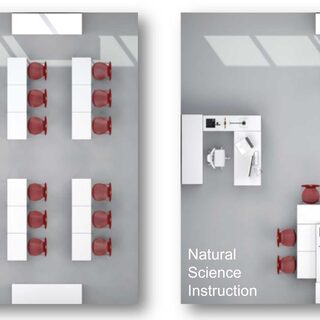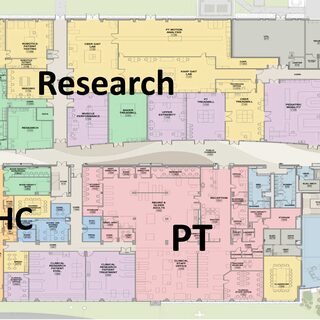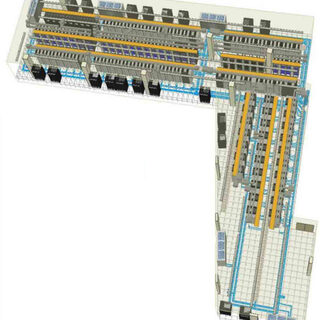Tradeline's industry reports are a must-read resource for those involved in facilities planning and management. Reports include management case studies, current and in-depth project profiles, and editorials on the latest facilities management issues.
Latest Reports
Choosing the Most Suitable Standby Power Source for Research Facilities
Bigger is not always better when it comes to generators and their distribution systems. Oversizing a piece of equipment has a domino effect on the infrastructure needed to support it and the square footage it occupies, as well as capital, operating, and maintenance costs, all of which cut into funding that could go toward research. Determining which generator is best for a research facility requires an understanding of many factors, including the current and projected loads, site parameters, risk assessment, flexibility requirements, and operating concerns.
Think Sidehouse, Not Penthouse, for Utilities Distribution
Replacing the traditional penthouse with a ground-breaking sidehouse, the new Health Sciences Building at Canada’s Carleton University represents the latest step in the evolution of academic science facilities. Along with reflecting today’s emphasis on open labs and interdisciplinary collaboration, the building’s fresh approach to utilities distribution improves overall design, lab efficiency, and adaptability for future fit-outs and changes—all while adhering to a very tight budget and construction schedule.
Lab Surfaces in Flux
All lab work—experiments, equipment usage, write-ups—occurs on countertops, but these flat horizontal surfaces are rapidly changing. “Today, lab work surfaces need to be adaptable, flexible, ergonomic, mobile, reconfigurable, versatile, sustainable, design-oriented, aesthetically pleasing, cost-effective, and easy to install,” says Arnulf Penker, president of FunderMax, a designer and producer of wood-based materials and compact laminates in St. Veit an der Glan, Austria.
Community Integration Expands Education at the UDelaware College of Health Sciences
The University of Delaware’s College of Health Sciences encourages businesses and the community to play an active role in the Health Sciences campus, with its focus on translational medicine and utilization of the next generation of classrooms. Kathleen Matt, dean of the College of Heath Sciences, describes these learning spaces as “not a classroom at all. It is interacting in unique ways, in all kinds of environments, that drives the learning process, it drives the outcomes, and it drives the changes.”
Computational Space Increases with Shift to Team Research and Targeted Treatment
As interdisciplinary team research and translational medicine become increasingly critical to advancing medical treatment of complex diseases, information itself—the visualization, shared storage, analysis, and harnessing of data—is becoming the most important driver in scientific research. The resulting shift to a higher ratio of dry (computational) space versus wet labs is forcing building designers to examine new ways to foster an open, collaborative culture while accommodating computational science needs.





